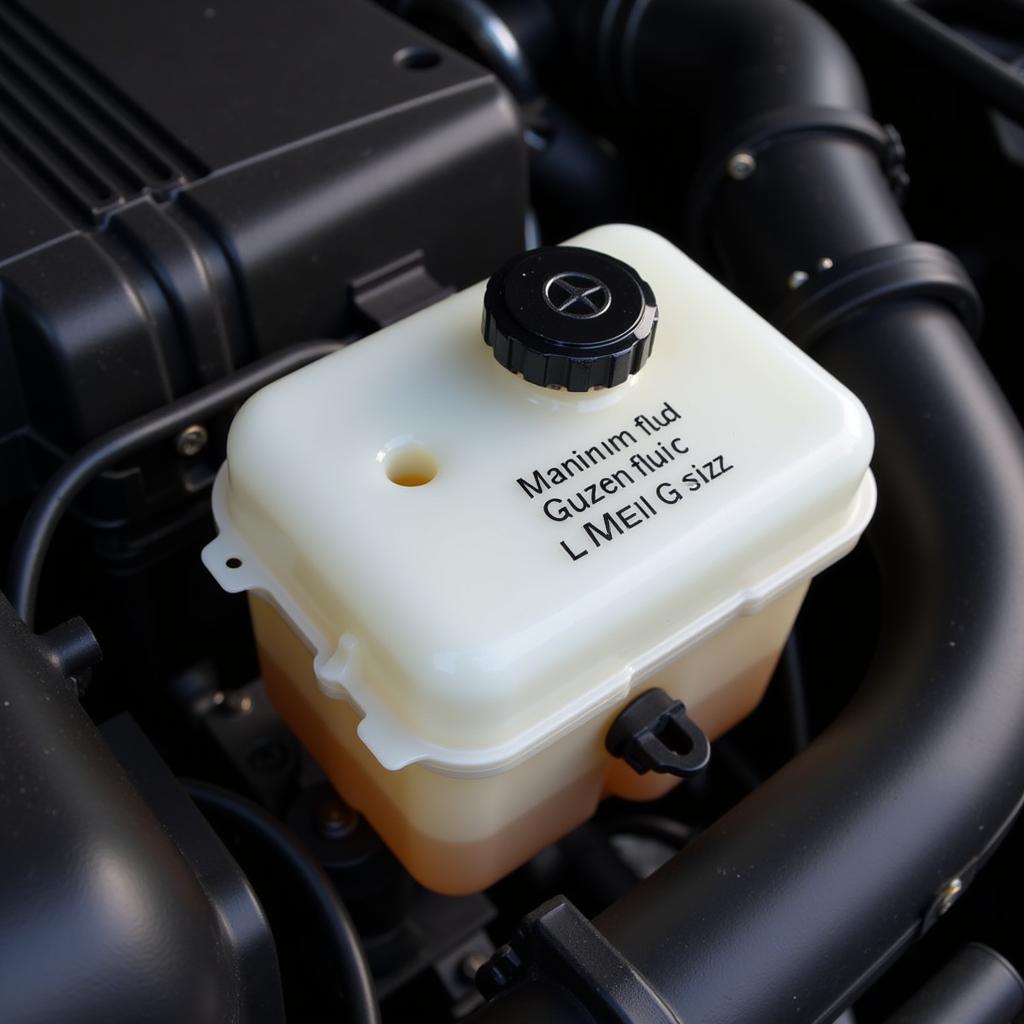Imagine this: You’re driving down the road, enjoying the scenery, when suddenly a warning light pops up on your dashboard. It’s the dreaded “check engine” light, and it’s got you wondering what could be wrong. In the past, this scenario often meant an expensive and time-consuming trip to the mechanic. Thankfully, the automotive industry is rapidly evolving, and with it comes a new era of vehicle diagnostics and software solutions that can address many of these issues remotely.
Understanding the Digital Nervous System of Modern Vehicles
Modern cars are equipped with sophisticated computer systems that monitor and control various functions, from engine performance and emissions to safety features and infotainment systems. These systems generate vast amounts of data that can be accessed and analyzed to diagnose and even repair problems. This is where remote diagnostics and software solutions come into play.
The Rise of Remote Diagnostics
Remote diagnostics leverage telematics technology to connect your vehicle to a network, allowing technicians to access vital information about your car’s health from anywhere in the world. This means they can:
- Read and interpret diagnostic trouble codes (DTCs)
- Monitor engine performance parameters
- Analyze sensor data
- Identify potential problems before they become major issues
This technology empowers mechanics to provide more accurate diagnoses, often eliminating the need for an initial in-person visit.
The Power of Software Updates and Programming
Beyond diagnostics, software solutions play a crucial role in addressing vehicle issues. Over-the-air (OTA) software updates are becoming increasingly common, allowing manufacturers to remotely fix bugs, improve performance, and even add new features to your car.
In some cases, software programming can be used to rectify problems that were previously addressed with physical repairs. For instance, a software update might optimize engine timing or adjust transmission shifting patterns to resolve drivability concerns.
Giving You Back Time and Peace of Mind
The benefits of remote diagnostics and software solutions are numerous. For car owners, these technologies translate to:
- Convenience: No need to disrupt your schedule for a trip to the mechanic.
- Faster repairs: Problems can often be diagnosed and resolved more quickly.
- Cost savings: Remote diagnostics can help prevent unnecessary repairs and reduce downtime.
- Enhanced safety: Proactive problem identification keeps your car running smoothly.
Embracing the Future of Automotive Repair
As technology continues to advance, we can expect even more sophisticated remote diagnostics and software solutions in the future. Cars will become increasingly connected, allowing for seamless communication between vehicles, manufacturers, and service providers. This interconnectedness will lead to a more proactive and efficient approach to car maintenance and repair.
FAQs
Q: Do I need special equipment for remote diagnostics?
A: In most cases, your car’s built-in telematics system is sufficient. However, some manufacturers might offer additional hardware or subscriptions for enhanced functionality.
Q: Are remote software updates safe?
A: Yes, manufacturers implement rigorous safety protocols for OTA updates. It’s crucial to ensure you download updates from trusted sources.
Q: Can all car problems be solved remotely?
A: While remote solutions are incredibly powerful, they can’t address all issues. Physical damage or mechanical failures will still require hands-on repairs.
Q: What if I have an older car?
A: Older vehicles may not have the same level of connectivity. However, aftermarket devices are available to provide some remote diagnostic capabilities.
By embracing these advancements, we’re giving the best seat in the house to technology that can help us keep our cars running smoothly and safely for miles to come.

